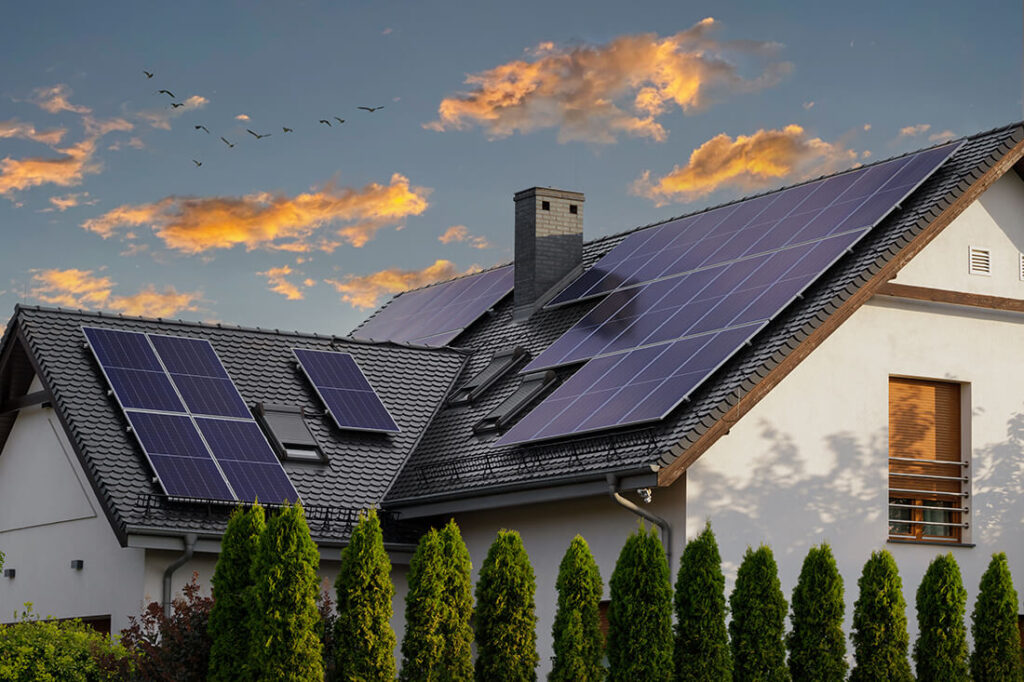Solar History
Edmond Becquerel, a French physicist, was the first to discover the photovoltaic effect in 1839. This discovery showed that certain materials could generate an electric current or voltage when exposed to light, laying the groundwork for solar technology as we know it today. Becquerel’s experiment demonstrated that light could produce electricity, marking the beginning of the long history of solar energy.
In the 1860s, Augustin Mouchot, a French mathematician, advanced the field by building solar-powered engines. Mouchot believed in the potential of solar heat as an energy source and worked to harness it, showing the world that solar power could do more than just generate electricity — it could also be used in mechanical applications.
The Creation of the First Solar Cell
It wasn’t until 1883, however, that Charles Fritts created the first true solar cell. Fritts coated selenium with a thin layer of gold to produce a device that converts sunlight into electricity.
Although it was less than 1% efficient, it was the first time solar energy had been directly harnessed to generate electricity in a meaningful way. This moment was a turning point in the history of solar energy, even though it would take many more decades of development to reach the level of efficiency required for widespread use.
The History Of Solar Panel Technology
While the invention of the photovoltaic effect and the first solar cell were pivotal moments, the 20th century saw the most significant advancements in solar technology. In 1954, a team at Bell Laboratories — Daryl Chapin, Calvin Fuller, and Gerald Pearson — created the first silicon solar cell.
This development led to the solar panels we recognise today, capable of converting sunlight into electricity at a much higher efficiency. Their breakthrough marked the birth of modern solar panels that could generate electricity in a practical, scalable way.
This new generation of solar-powered technology fueled the growth of solar farms and solar applications across industries. Early solar farms began appearing, and businesses saw the potential to harness this clean energy as an alternative to fossil fuels.
The Roots of Solar Energy
Though the modern photovoltaic cell is relatively new, the idea of using solar power dates back much further. The Greeks and Romans used passive solar energy to heat their homes, demonstrating that solar heat has been utilised for centuries.
Even as early as the 7th century BC, humans were using simple magnifying glasses to concentrate the sun’s rays and create fire. These ancient techniques laid the cultural and conceptual groundwork for the innovations in solar energy we see today.
Why We Are Passionate About Recycling Solar Waste
At PV Recycling we are deeply passionate about sustainability. Solar panels are a powerful energy source, helping businesses and individuals alike reduce their reliance on fossil fuels and combat climate change.
However, as solar farms and panels grow in popularity, we are faced with the challenge of managing the waste generated when panels reach the end of their lifespan.
Recycling solar panels ensures that the materials used in the manufacturing process, such as glass, metals, and silicon, can be reused rather than discarded. This helps prevent pollution and reduces the need for mining new raw materials.
Our mission is to extend the life cycle of solar technology, contributing to a truly circular economy where clean energy generation goes hand-in-hand with environmental stewardship.

